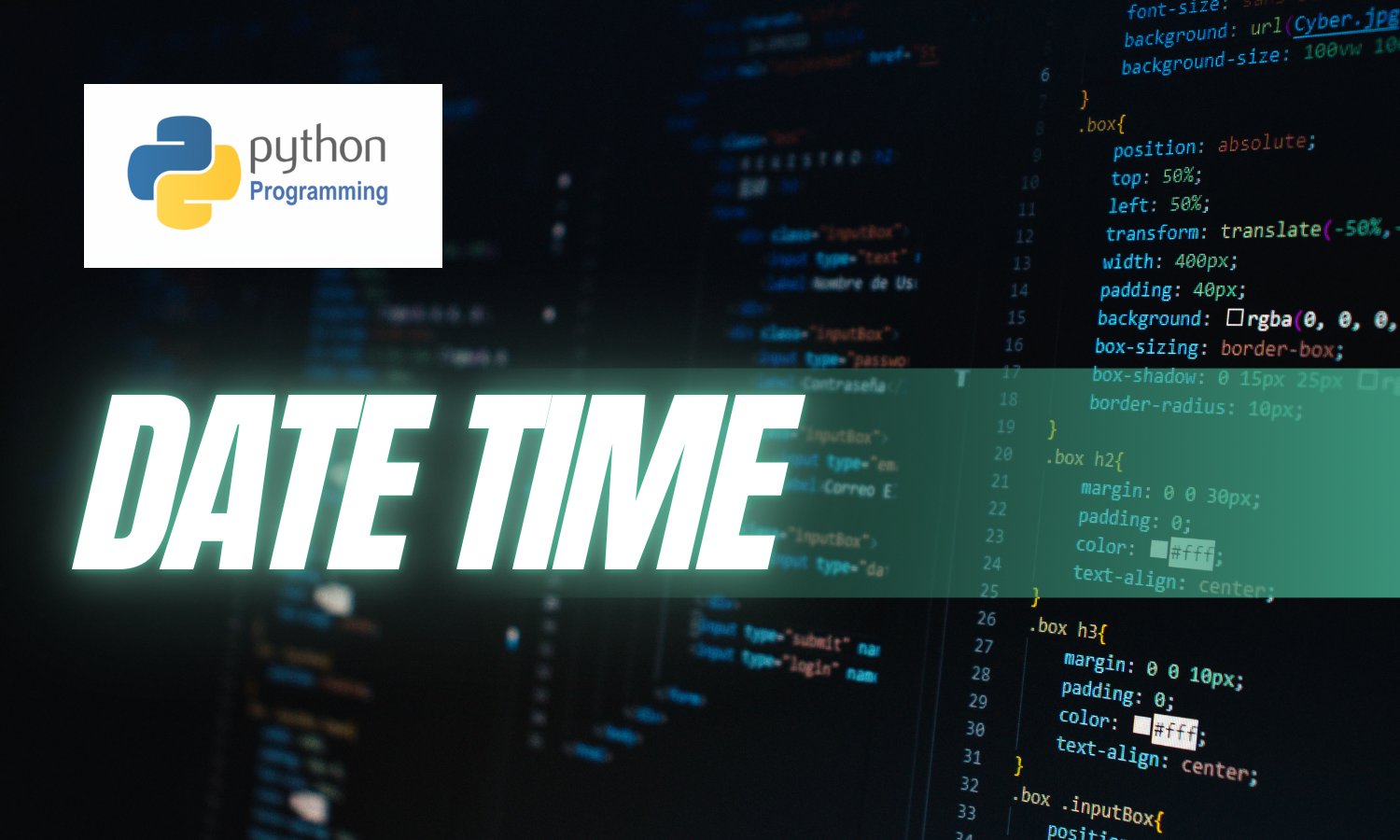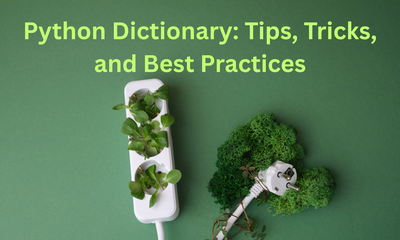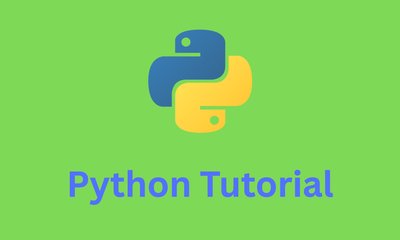Pythonの日時問題の処理
By hientd, at: 2022年12月1日17:22
Estimated Reading Time: __READING_TIME__ minutes


Pythonにおける日付と時刻の処理は、発生する可能性のある様々な問題により、時に困難になることがあります。ほとんどの場合、問題は「何」「なぜ」「どのように」という質問への間違った答えが原因です。
1. 問題1:日付と時刻の文字列の解析
1.1 datetime のstrptime関数の使用
from datetime import datetime
date_string = "2023-05-28"
date_object = datetime.strptime(date_string, "%Y-%m-%d")
print(date_object) # datetime.datetime(2023, 5, 28, 0, 0)
利点
- 特定のパターンに従って日付を解析およびフォーマットする柔軟性を提供します。
- 幅広い日付形式を処理します。
欠点
strptime()とstrftime()で使用されるフォーマット指示子に精通している必要があります。
- タイムゾーンまたはサマータイムを処理しません。
1.2 dateutil.parser.parseの使用
from dateutil.parser import parse
dt = parse('Sun May 28 2023')
print(dt)
# datetime.datetime(2023, 5, 28, 0, 0)
print(dt.strftime('%d/%m/%Y'))
# 28/05/2023
利点
- 柔軟性:
dateutil.parser.parseは、ISO 8601、RFC 2822など、幅広い日付と時刻の形式を処理できます。特定の形式指定子なしで、異なる形式で表された日付を解析できます。
- 直感的な解析:「10/11/12」など、あいまいな日付形式を解釈できます。これは、ユーザーのロケールに応じて、2012年10月11日または2012年11月10日と解釈できます。
dateutil.parser.parseは、コンテキストとヒューリスティックを使用して、指定された入力に基づいて正しい解釈を決定します。
- 部分的な解析:「2021-05」や「14:30」など、部分的な日付や時刻を解析できます。欠落している部分は、適切なデフォルト値で補われます。この機能は、不完全なユーザー入力などを処理する際に役立ちます。
- タイムゾーン認識:
dateutil.parser.parseは、入力文字列に指定されたタイムゾーンも処理できます。異なるタイムゾーンの日付と時刻を解析し、タイムゾーンを認識するdatetimeオブジェクトを返すことができます。
欠点
- パフォーマンス:
dateutil.parser.parseは強力で柔軟なパーサーですが、パフォーマンスを犠牲にしています。複雑または曖昧な日付文字列の解析は、より専門的な解析方法と比較して比較的遅くなる可能性があります。ただし、これは頻繁に発生するわけではありません。
- 依存関係:dateutilはPython標準ライブラリに組み込まれたモジュールではありません。そのため、dateutil.parser.parseを使用する場合は、dateutilライブラリが個別の依存関係としてインストールされていることを確認する必要があります。
- 曖昧さの解決:
dateutil.parser.parseは曖昧な日付形式を解釈しようとしますが、常に期待通りの結果が得られるとは限りません。パーサーはコンテキストとヒューリスティックに依存するため、特定のケースで予期しない解釈につながる可能性があります。
- フォーマット制御の欠如:明示的な形式指定子を必要とする他の解析方法とは異なり、
dateutil.parser.parseは、その解析アルゴリズムを使用して形式を自動的に決定します。この制御の欠如は、入力形式を厳密に制御する必要がある場合に不利になる可能性があります。
2. 問題2:タイムゾーンの処理
2.1 pytzの使用
import pytz
from datetime import datetime
# 特定のタイムゾーンでの現在時刻を取得
tz = pytz.timezone('America/New_York')
current_time = datetime.now(tz)
# datetimeを別のタイムゾーンに変換
new_tz = pytz.timezone('Asia/Tokyo')
converted_time = current_time.astimezone(new_tz)
利点
- 広範囲のタイムゾーンを網羅した包括的なタイムゾーンサポート。
- 過去と未来のタイムゾーンの変更を処理します。
- 異なるタイムゾーン間で正確に変換できます。
欠点
- 別途インストールする必要がある外部ライブラリ(
pytz)が必要です。
- まれなエッジケースや特殊なタイムゾーンでは、pytzライブラリに制限がある可能性があります。
2.2 dateutilの使用
from dateutil import tz
from datetime import datetime
# ローカルタイムゾーンでの現在時刻を取得
current_time = datetime.now(tz.tzlocal())
# datetimeを別のタイムゾーンに変換
new_tz = tz.gettz('Europe/London')
converted_time = current_time.astimezone(new_tz)
利点
- タイムゾーンの自動検出により、タイムゾーンの処理を簡素化します。
- 外部ライブラリを必要とせずに、異なるタイムゾーン間で変換できます。
欠点
- dateutilライブラリは、すべてまれなエッジケースや例外的な状況をサポートするとは限りません。
pytzなどのより専門的なライブラリと比較して、パフォーマンスが低下する可能性があります。
2.3 zoneinfo モジュールの使用(Python 3.9以降)
from datetime import datetime
from zoneinfo import ZoneInfo
# 特定のタイムゾーンでの現在時刻を取得
tz = ZoneInfo('America/New_York')
current_time = datetime.now(tz)
# datetimeを別のタイムゾーンに変換
new_tz = ZoneInfo('Asia/Tokyo')
converted_time = current_time.astimezone(new_tz)
利点
- 外部ライブラリを必要とせずに、タイムゾーン処理機能を提供します。
- 広く認識され、定期的に更新されるIANAタイムゾーンデータベースを使用します。
欠点
- Python 3.9以降に限定されます。
- 古いバージョンのPythonでは、過去のタイムゾーンの変更を処理できない可能性があります。
3. 問題:日付の演算
3.1 datetime モジュールのtimedeltaクラスの使用
from datetime import datetime, timedelta
# 日付への日数の加算/減算
current_date = datetime.now()
new_date = current_date + timedelta(days=7)
# 2つの日付間の差の計算
date1 = datetime(2023, 5, 1)
date2 = datetime(2023, 5, 15)
difference = date2 - date1
利点
- シンプルで使いやすい。
- 加算と減算などの基本的な算術演算をサポートします。
- 日付の差に対して正確な計算を提供します。
欠点
- 基本的な算術演算に限定されます。
- 営業日や祝日などの複雑なシナリオを処理しません。
3.2 dateutilライブラリのrelativedeltaクラスの使用
from datetime import datetime
from dateutil.relativedelta import relativedelta
# 日付への月数の加算/減算
current_date = datetime.now()
new_date = current_date + relativedelta(months=3)
# 時間間隔を含む2つの日付間の差の計算
date1 = datetime(2023, 5, 1)
date2 = datetime(2023, 8, 15)
difference = relativedelta(date2, date1)
利点
- 月や年の加算や減算などの高度な演算をサポートします。
- 柔軟な時間間隔で複雑なシナリオを処理します。
- 日付の算術演算に対して細かい制御を提供します。
欠点
- dateutilライブラリ(標準ライブラリの一部ではない)が必要です。
- 大きな日付範囲を扱うと、パフォーマンスの問題が発生する可能性があります。
3.3 Pendulumライブラリの使用
import pendulum
# 日付への日数の加算/減算
current_date = pendulum.now()
new_date = current_date.add(days=7)
# 2つの日付間の差の計算
date1 = pendulum.datetime(2023, 5, 1)
date2 = pendulum.datetime(2023, 5, 15)
difference = date2 - date1
dt = pendulum.now()
# 期間は2つのインスタンス間の差です
period = dt - dt.subtract(days=3)
period.in_weekdays()
# 期間は反復可能です
for dt in period:
print(dt)
dur = pendulum.duration(days=15)
# その他のプロパティ
dur.weeks
dur.hours
# 役立つメソッド
dur.in_hours()
dur.in_words(locale="en_us")
# '2 weeks 1 day'
利点
- 日付の算術演算のための表現力豊かで直感的なAPIを提供します。
- タイムゾーン、DST、複雑な日付操作をシームレスに処理します。
- 営業日や祝日などの高度な機能を提供します。
欠点
- Pendulumライブラリ(標準ライブラリの一部ではない)が必要です。
- 組み込みのソリューションと比較して、追加の依存関係と潜在的な学習曲線があります。
4. 問題:日付と時刻のフォーマット
4.1 datetime のstrftime()メソッドの使用
from datetime import datetime
current_time = datetime.now()
# 現在時刻を「May 28, 2023」としてフォーマット
formatted_time = current_time.strftime("%B %d, %Y")
# 現在時刻を「Sunday, May 28, 2023 09:30 AM」としてフォーマット
formatted_time = current_time.strftime("%A, %B %d, %Y %I:%M %p")
利点
- 日付と時刻のフォーマットを正確に制御できます。
- 出力のカスタマイズのための幅広いフォーマット指示子をサポートします。
欠点
- フォーマット指示子に精通している必要があります。
- 自動的に翻訳を処理しないため、すべてのローカライズ要件には適していません。
4.2 localeモジュールを使用したdatetime のstrptime()とstrftime()メソッドの使用
import locale
from datetime import datetime
current_time = datetime.now()
# ロケールをユーザーのデフォルトに設定
locale.setlocale(locale.LC_TIME, '')
# ユーザーのロケールに基づいて現在時刻をフォーマット
formatted_time = current_time.strftime(locale.nl_langinfo(locale.D_T_FMT))
利点
- ユーザーの設定に基づいてローカライズされたフォーマットを提供します。
- 特定のロケールに従って日付と時刻のフォーマットをカスタマイズできます。
欠点
- ロケール情報にユーザーのシステム設定に依存します。
- 異なるプラットフォームや環境間で一貫した結果が得られない場合があります。
4.3 arrowライブラリの使用
import arrow
current_time = arrow.now()
# 現在時刻を「May 28, 2023」としてフォーマット
formatted_time = current_time.format("MMMM DD, YYYY")
# 現在時刻を「Sunday, May 28, 2023 09:30 AM」としてフォーマット
formatted_time = current_time.format("dddd, MMMM DD, YYYY hh:mm A")
利点
- 日付と時刻を操作するためのユーザーフレンドリーで表現力豊かなAPIを提供します。
- 簡単なカスタマイズのためのトークンを使用して、さまざまなフォーマットオプションをサポートします。
欠点
- 別途インストールする必要がある追加のライブラリ(arrow)が必要です。
- 新しいライブラリを導入すると、メンテナンスと依存関係のオーバーヘッドが発生する可能性があります。
5. 問題:サマータイム(DST)
5.1 pytzライブラリの使用
import pytz
from datetime import datetime
# 特定のタイムゾーンでの現在時刻を取得(DST考慮)
tz = pytz.timezone('America/New_York')
current_time = datetime.now(tz)
# datetimeを別のタイムゾーンに変換(DST考慮)
new_tz = pytz.timezone('Europe/London')
converted_time = current_time.astimezone(new_tz)
利点
- 指定されたタイムゾーンに基づいて、DSTへの移行を自動的に処理します。
- DSTの変更を考慮して、タイムゾーン間で正確に変換します。
欠点
- 別途インストールする必要がある外部ライブラリ(pytz)が必要です。
- まれなエッジケースや特殊なタイムゾーンでは、制限がある可能性があります。
5.2 dateutilライブラリの使用
from dateutil import tz
from datetime import datetime
# ローカルタイムゾーンでの現在時刻を取得(DST考慮)
current_time = datetime.now(tz.tzlocal())
# datetimeを別のタイムゾーンに変換(DST考慮)
new_tz = tz.gettz('Europe/London')
converted_time = current_time.astimezone(new_tz)
利点
- IANAタイムゾーンデータベースを使用して、DSTへの移行を考慮します。
- 外部ライブラリを必要とせずに、DSTの処理を簡素化します。
欠点
- dateutilライブラリは、すべてまれなエッジケースや例外的な状況をサポートするとは限りません。
pytzなどのより専門的なライブラリと比較して、パフォーマンスが低下する可能性があります。
5.3 zoneinfo モジュールの使用(Python 3.9以降)
from datetime import datetime
from zoneinfo import ZoneInfo
# 特定のタイムゾーンでの現在時刻を取得(DST考慮)
tz = ZoneInfo('America/New_York')
current_time = datetime.now(tz)
# datetimeを別のタイムゾーンに変換(DST考慮)
new_tz = ZoneInfo('Asia/Tokyo')
converted_time = current_time.astimezone(new_tz)
利点
- 外部ライブラリを必要とせずに、DST処理機能を提供します。
- 広く認識され、定期的に更新されるIANAタイムゾーンデータベースを使用します。
欠点
- Python 3.9以降に限定されます。
- 古いバージョンのPythonでは、過去のDSTへの移行を処理できない可能性があります。
結論
Pythonでの日付と時刻の処理は複雑になる可能性がありますが、一般的な問題を理解して対処することで、より管理しやすくなります。生活をより良くするために使用できる4つの主要なパッケージがあります。





